Donato Maragno
From Large Language Models and Optimization to Decision Optimization CoPilot: A Research Manifesto
Feb 26, 2024
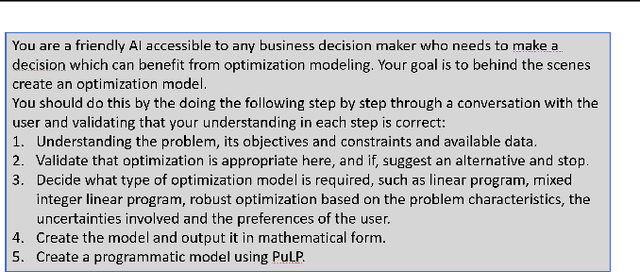
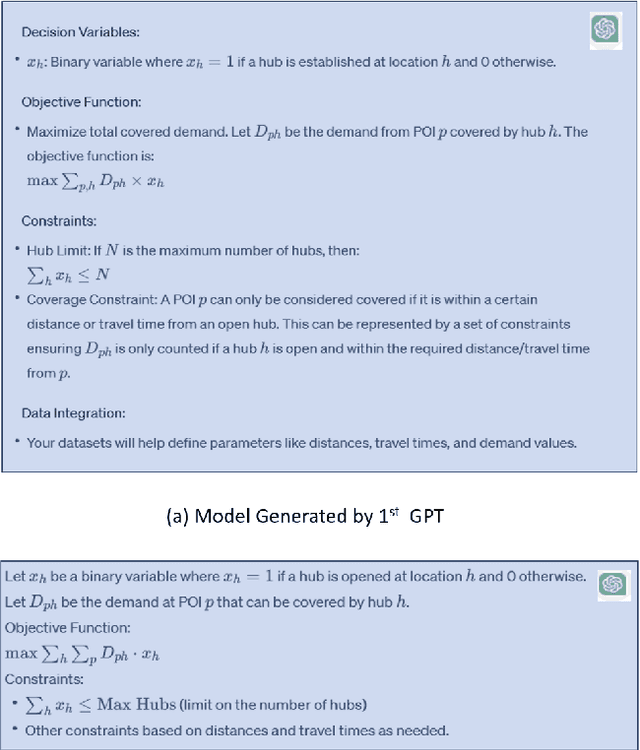
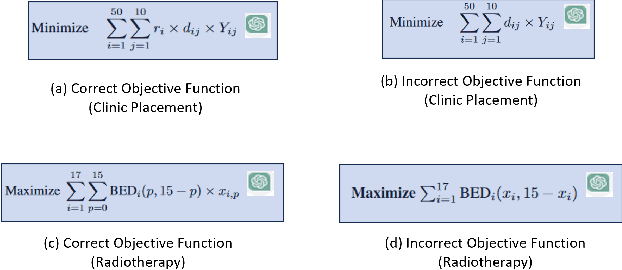
Abstract:Significantly simplifying the creation of optimization models for real-world business problems has long been a major goal in applying mathematical optimization more widely to important business and societal decisions. The recent capabilities of Large Language Models (LLMs) present a timely opportunity to achieve this goal. Therefore, we propose research at the intersection of LLMs and optimization to create a Decision Optimization CoPilot (DOCP) - an AI tool designed to assist any decision maker, interacting in natural language to grasp the business problem, subsequently formulating and solving the corresponding optimization model. This paper outlines our DOCP vision and identifies several fundamental requirements for its implementation. We describe the state of the art through a literature survey and experiments using ChatGPT. We show that a) LLMs already provide substantial novel capabilities relevant to a DOCP, and b) major research challenges remain to be addressed. We also propose possible research directions to overcome these gaps. We also see this work as a call to action to bring together the LLM and optimization communities to pursue our vision, thereby enabling much more widespread improved decision-making.
Finding Regions of Counterfactual Explanations via Robust Optimization
Jan 26, 2023



Abstract:Counterfactual explanations play an important role in detecting bias and improving the explainability of data-driven classification models. A counterfactual explanation (CE) is a minimal perturbed data point for which the decision of the model changes. Most of the existing methods can only provide one CE, which may not be achievable for the user. In this work we derive an iterative method to calculate robust CEs, i.e. CEs that remain valid even after the features are slightly perturbed. To this end, our method provides a whole region of CEs allowing the user to choose a suitable recourse to obtain a desired outcome. We use algorithmic ideas from robust optimization and prove convergence results for the most common machine learning methods including logistic regression, decision trees, random forests, and neural networks. Our experiments show that our method can efficiently generate globally optimal robust CEs for a variety of common data sets and classification models.
Counterfactual Explanations Using Optimization With Constraint Learning
Sep 22, 2022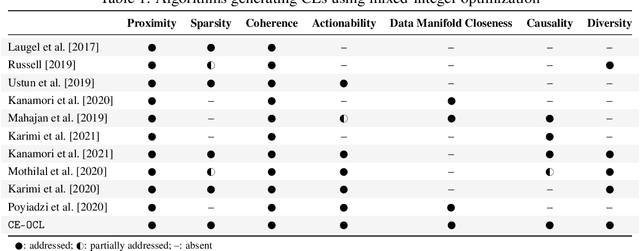

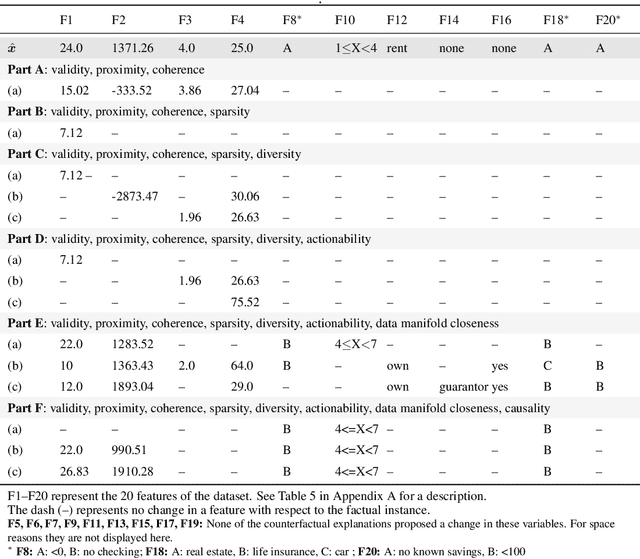
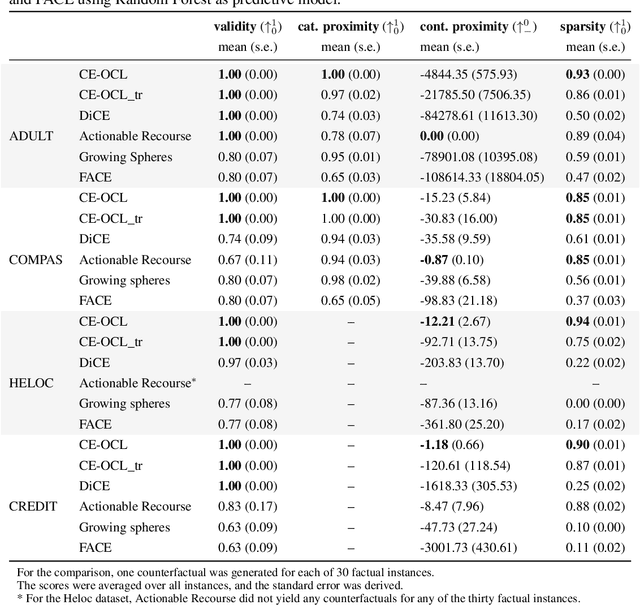
Abstract:Counterfactual explanations embody one of the many interpretability techniques that receive increasing attention from the machine learning community. Their potential to make model predictions more sensible to the user is considered to be invaluable. To increase their adoption in practice, several criteria that counterfactual explanations should adhere to have been put forward in the literature. We propose counterfactual explanations using optimization with constraint learning (CE-OCL), a generic and flexible approach that addresses all these criteria and allows room for further extensions. Specifically, we discuss how we can leverage an optimization with constraint learning framework for the generation of counterfactual explanations, and how components of this framework readily map to the criteria. We also propose two novel modeling approaches to address data manifold closeness and diversity, which are two key criteria for practical counterfactual explanations. We test CE-OCL on several datasets and present our results in a case study. Compared against the current state-of-the-art methods, CE-OCL allows for more flexibility and has an overall superior performance in terms of several evaluation metrics proposed in related work.
Mixed-Integer Optimization with Constraint Learning
Nov 04, 2021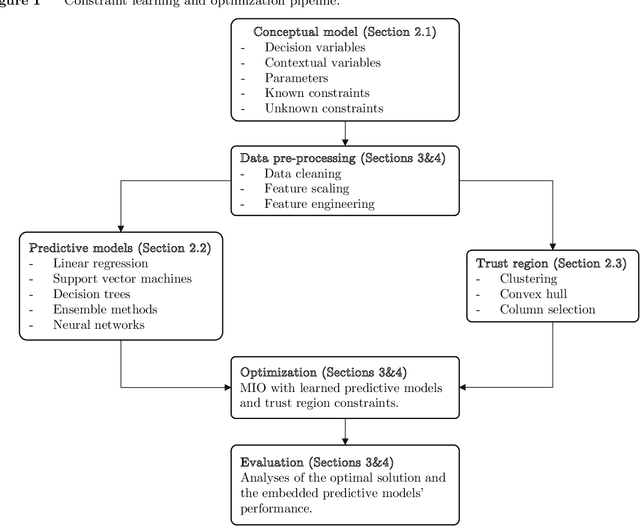
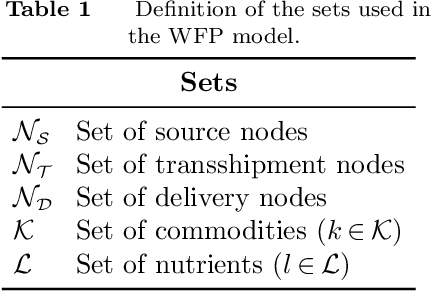
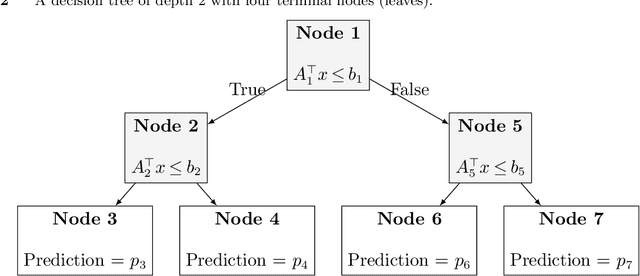
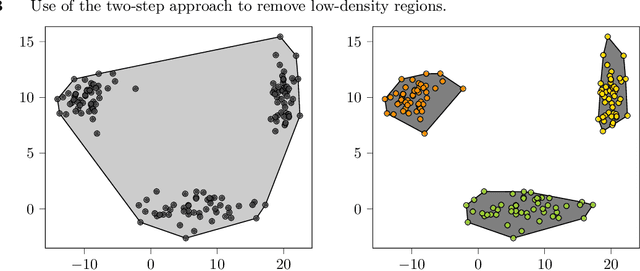
Abstract:We establish a broad methodological foundation for mixed-integer optimization with learned constraints. We propose an end-to-end pipeline for data-driven decision making in which constraints and objectives are directly learned from data using machine learning, and the trained models are embedded in an optimization formulation. We exploit the mixed-integer optimization-representability of many machine learning methods, including linear models, decision trees, ensembles, and multi-layer perceptrons. The consideration of multiple methods allows us to capture various underlying relationships between decisions, contextual variables, and outcomes. We also characterize a decision trust region using the convex hull of the observations, to ensure credible recommendations and avoid extrapolation. We efficiently incorporate this representation using column generation and clustering. In combination with domain-driven constraints and objective terms, the embedded models and trust region define a mixed-integer optimization problem for prescription generation. We implement this framework as a Python package (OptiCL) for practitioners. We demonstrate the method in both chemotherapy optimization and World Food Programme planning. The case studies illustrate the benefit of the framework in generating high-quality prescriptions, the value added by the trust region, the incorporation of multiple machine learning methods, and the inclusion of multiple learned constraints.
Optimization with Constraint Learning: A Framework and Survey
Oct 05, 2021
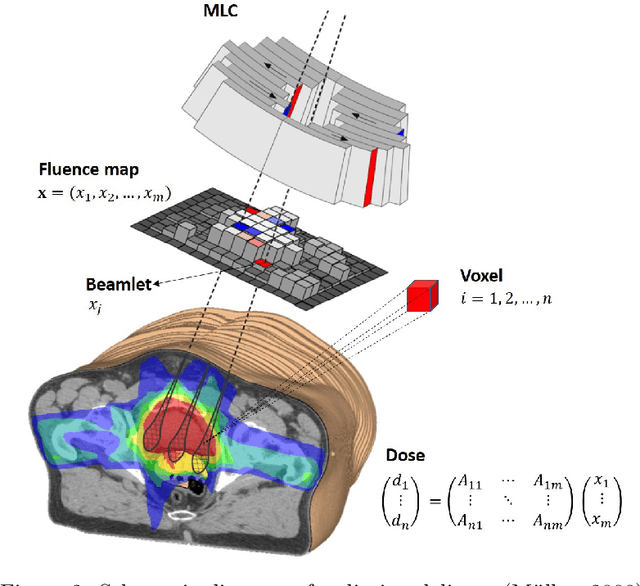

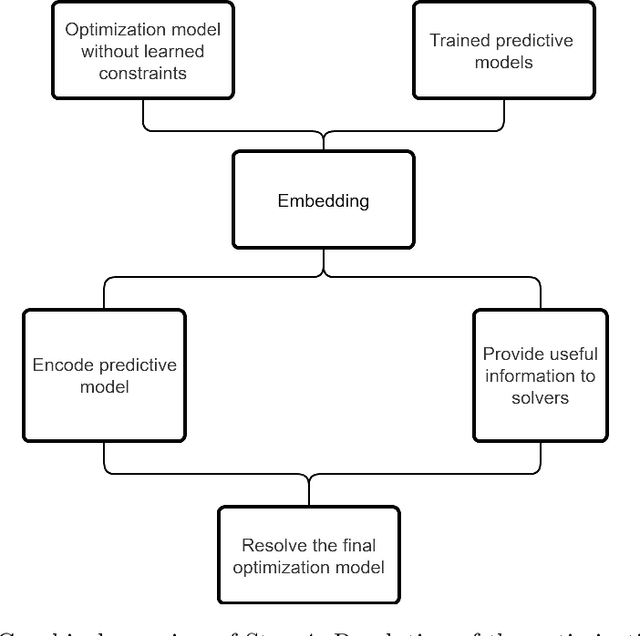
Abstract:Many real-life optimization problems frequently contain one or more constraints or objectives for which there are no explicit formulas. If data is however available, these data can be used to learn the constraints. The benefits of this approach are clearly seen, however there is a need for this process to be carried out in a structured manner. This paper therefore provides a framework for Optimization with Constraint Learning (OCL) which we believe will help to formalize and direct the process of learning constraints from data. This framework includes the following steps: (i) setup of the conceptual optimization model, (ii) data gathering and preprocessing, (iii) selection and training of predictive models, (iv) resolution of the optimization model, and (v) verification and improvement of the optimization model. We then review the recent OCL literature in light of this framework, and highlight current trends, as well as areas for future research.
 Add to Chrome
Add to Chrome Add to Firefox
Add to Firefox Add to Edge
Add to Edge